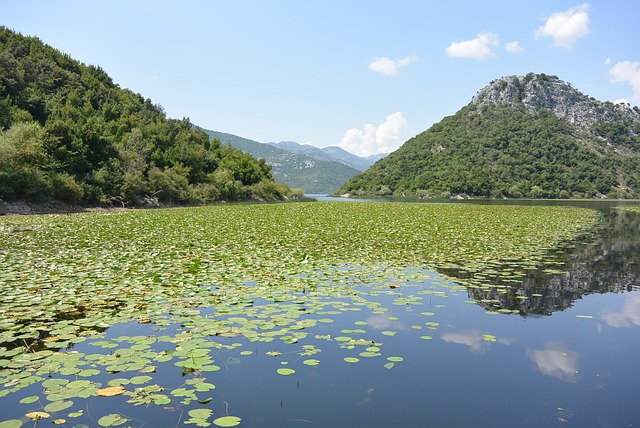 English available languages
English available languages
When leaders of the EU’s current 28 members gathered last month to discuss membership applications from Albania and North Macedonia, there was optimism that the accession process would be given a green light. But a small group of countries, led by France, objected to starting detailed talks with the Western Balkan countries until the EU had been “reformed” – a decision that European Commission President Jean-Claude Juncker described as “a historic mistake”. So what’s next for the South Eastern Europe, also known as the Western Balkans? That will be the topic at a summit convened by the World Economic Forum in Geneva this week that is being attended by the leaders of the six Western Balkans nations: Albania; Bosnia and Herzegovina; Montenegro; North Macedonia; and Serbia, Kosovo*. Here are the five topics that are in focus:
1. Growth and employment
The six nations are already stepping up cooperation efforts as they seek to close the economic gap with Western Europe. They have enjoyed steady growth over the last two decades. with average GDP per capita growing from just a fifth of the rate in Germany in 2000 to 29% today.
According to the World Bank, unemployment in the Western Balkans fell to historic lows in the first half of 2019, supported by strong economic growth in 2018.
Although falling, especially in North Macedonia and Bosnia and Herzegovina, the percentage of unemployment across the region remains in double digits. But the prospect of integration with the EU has led to labor market reforms in many countries. Employment in Kosovo* is extremely low, especially among women, with only 18% of women in the workforce.
2. Doing business in South Eastern Europe
Data from the Forum’s 2019 Global Competitiveness Report shows improvements in the ease of doing business in the region. Business leaders surveyed for the report said the region’s main challenges were the low availability of venture capital and inefficiencies in some financial, labor and product markets.
Albania has made big efforts to reduce the time and cost necessary to start a business – just five days at a cost equivalent to only 11% of the yearly average income. Venture capital availability has also been increasing, although it remains low by international standards. North Macedonia has made significant progress in helping startups, with costs cut to just 1% of average income and a process that takes about 14 days. Montenegro also has minimal red tape to start a new business. In Serbia, setting up a new business takes five days, costs 2% of average income and the country’s venture capital market has grown in recent years. At almost 1% of gross domestic product (GDP), research and development (R&D) spending is by far the highest in the region, thanks partly to growing foreign investment.
3. Technology and the future of jobs
Although business leaders surveyed by the Forum were concerned by the region’s slow take up of advanced technologies such as robotics and Artificial Intelligence (AI), Montenegro has been a leader in the region’s technology development.
The government has been one of the most proactive in creating a long-term vision for the country with a strong focus on innovation. Business leaders rate Montenegro as having the best technology strategy in the region.

Montenegro has led the development of the South East European International Institute for Sustainable Technologies, which is developing a state-of-the-art facility for using protons to treat cancer, in partnership with CERN.
Technology adoption in Bosnia and Herzegovina has increased significantly, earning it the status in the Forum’s Competitiveness Report of most improved country in the region between 2017 and 2019.
In Albania, collaboration between industry and academia on R&D has improved but remains at only 40% of global levels, according to the Forum.
4. Infrastructure
The Forum’s Competitiveness Report highlighted “persistent weaknesses” in basic infrastructure, particularly railways and ports. Business leaders also called for improvements in legal systems, including greater judicial independence and the ability to challenge regulations and resolve disputes.
In particular, leaders want to see improvements in protection for intellectual property to encourage the uptake of emerging technologies by local companies. They also called for measures to allow new markets to emerge as innovation creates new products and business models.
The Forum’s 2019 Regional Risks for Doing Business Report found energy prices were the biggest worry in the South East Europe Region, ranking highest in Serbia. “Even though prices in the region increased slightly, and in some cases fell in 2018, business executives in the Balkans seem very concerned about rising energy prices, as they are predicted to increase by up to 40% in 2019,” said the report.
5. The gender gap
The region has made progress in closing its gender gap – particularly in education and health. However, the World Economic Forum’s 2018 Global Gender Gap report shows that sizeable gaps remain in terms of economic participation and political empowerment. When it comes to the former, the region still lags behind Western Europe and the Central and Eastern European members of the EU.
- Wef
 English available languages
English available languages
